MiGs, Stars & Magic Books: A Brief History of Trespassing in Moscow
An illustrated guide to urban exploration in the Russian capital.
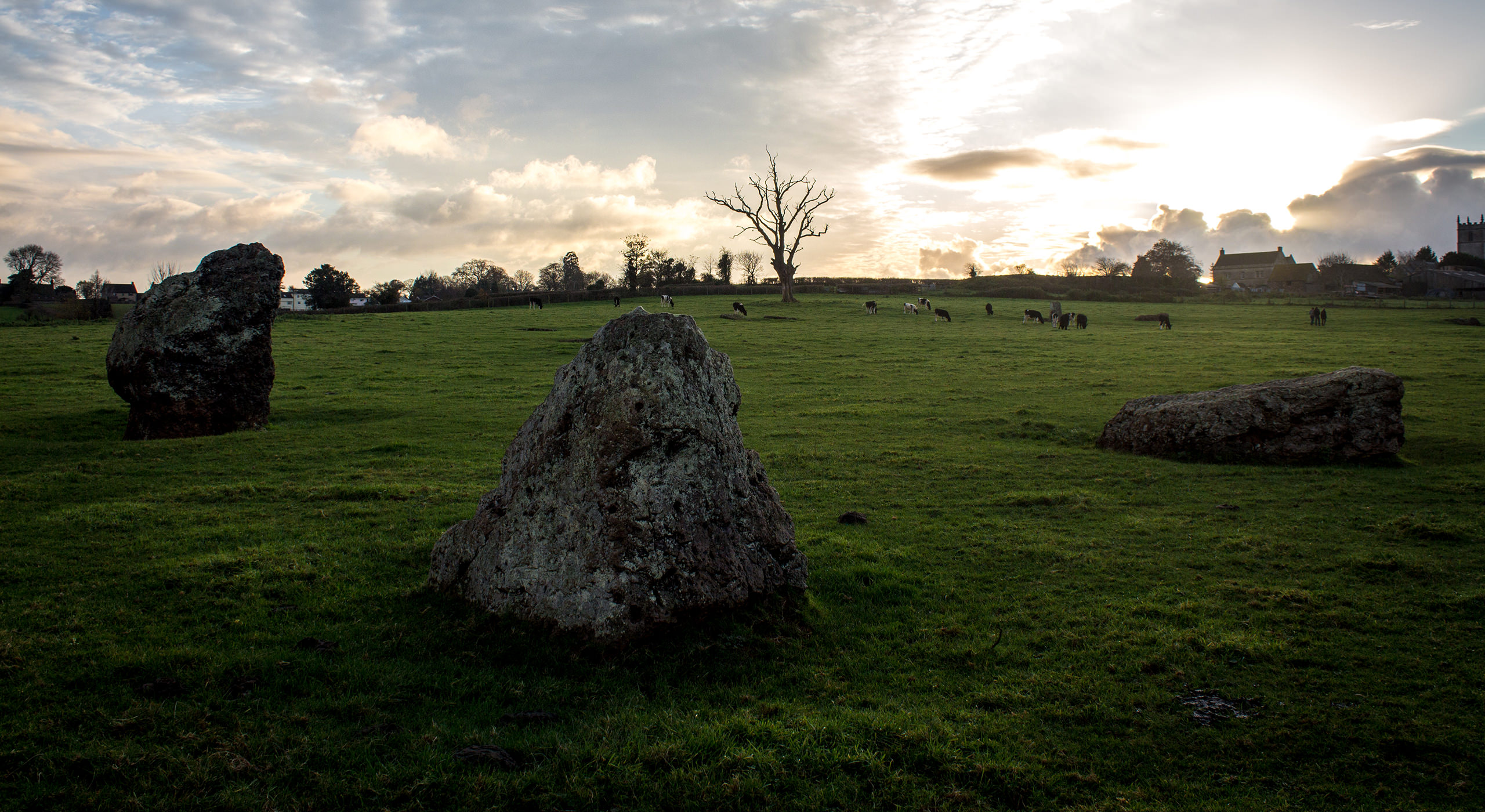
Wednesday 15 June 2016
I have always been fascinated by standing stones… I remember visiting Stonehenge when I was very young, and being amazed (the place looked significantly less impressive on subsequent visits, fenced off from visitors and circled by a motorway). But I never made it to the Stanton Drew stone circles until last year.
There are actually three contiguous stone circles at Stanton Drew, the largest of which is 113m in diameter – larger than Stonehenge, and the second largest circle in Britain after Avebury. The Stanton Drew stones are believed to have been raised during the Late Neolithic to Early Bronze Age: somewhere around the 3000-2000 BC mark. A few have since fallen down, but the circles are clear to see.
A herd of cows was just investigating the stones when we arrived (fresh from our visit to Colin’s Barn, a wonderfully weird little folly nearby). The cows drifted through the circle, one of them pausing to lick the moisture off a menhir before moving on. Crows announced our arrival from their perch in a bare, twisted tree that stood nearby.
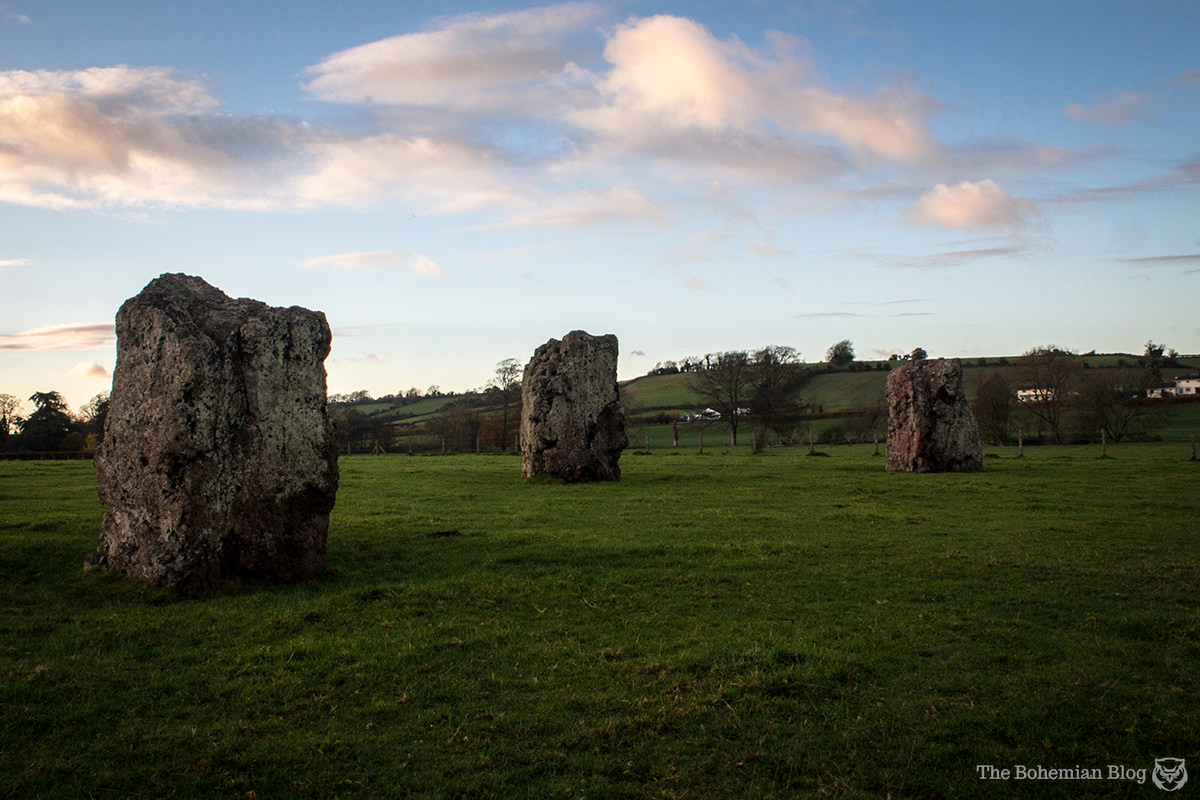
There are local legends that tell how the devil once visited a wedding party held in the field here; he played his fiddle to the guests, transforming them into pillars of stone. More contemporary theories suggest the megalithic complex was constructed on a crossing point between ley lines. The place felt powerful, in its rugged, rocky kind of way – primordial, even. When I closed my eyes, I could almost feel the psychic energy of the ancient rituals conducted here.
Other visitors came from time to time – a young family, first, then later a man dressed in the orange robes of a Buddhist monk. He sat for a while inside the circle, chanted, then walked from one stone to the next brushing them with his hands. We left him to his meditations; crossing the road for a different kind of ritual, a pub lunch and a pint at the aptly-named Druid’s Arms.
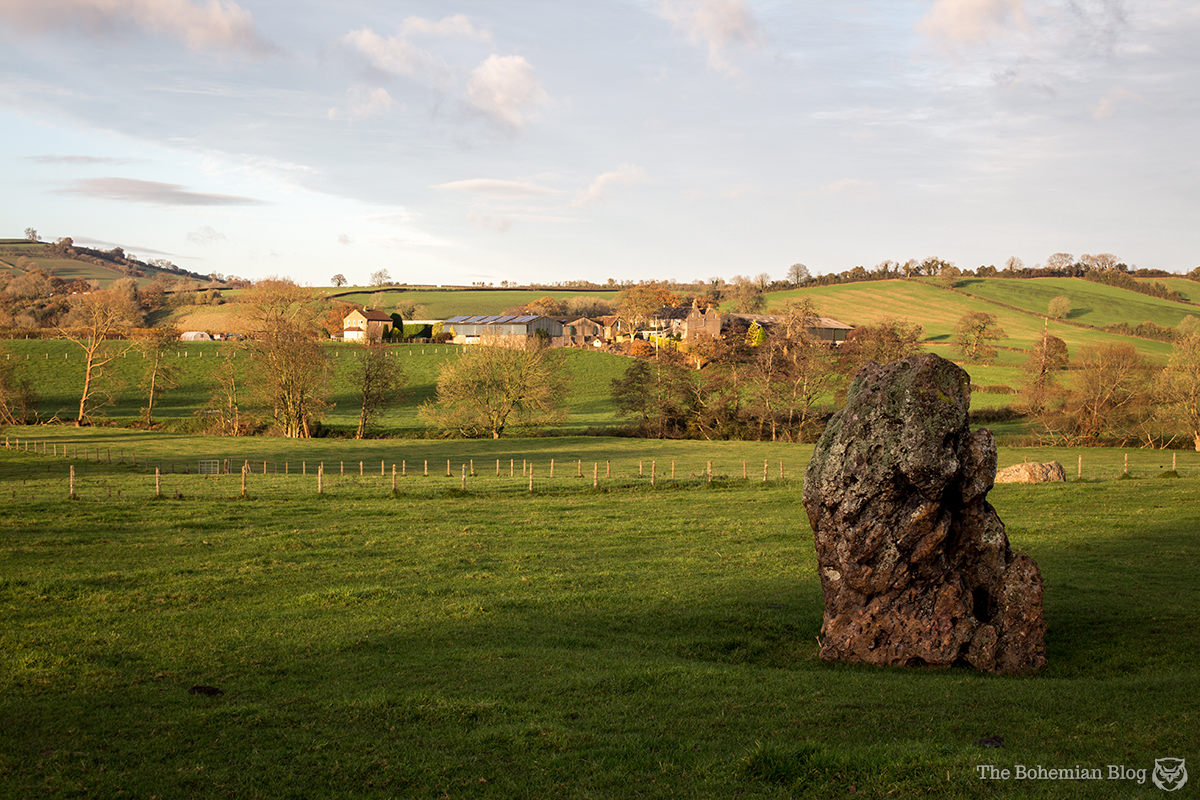
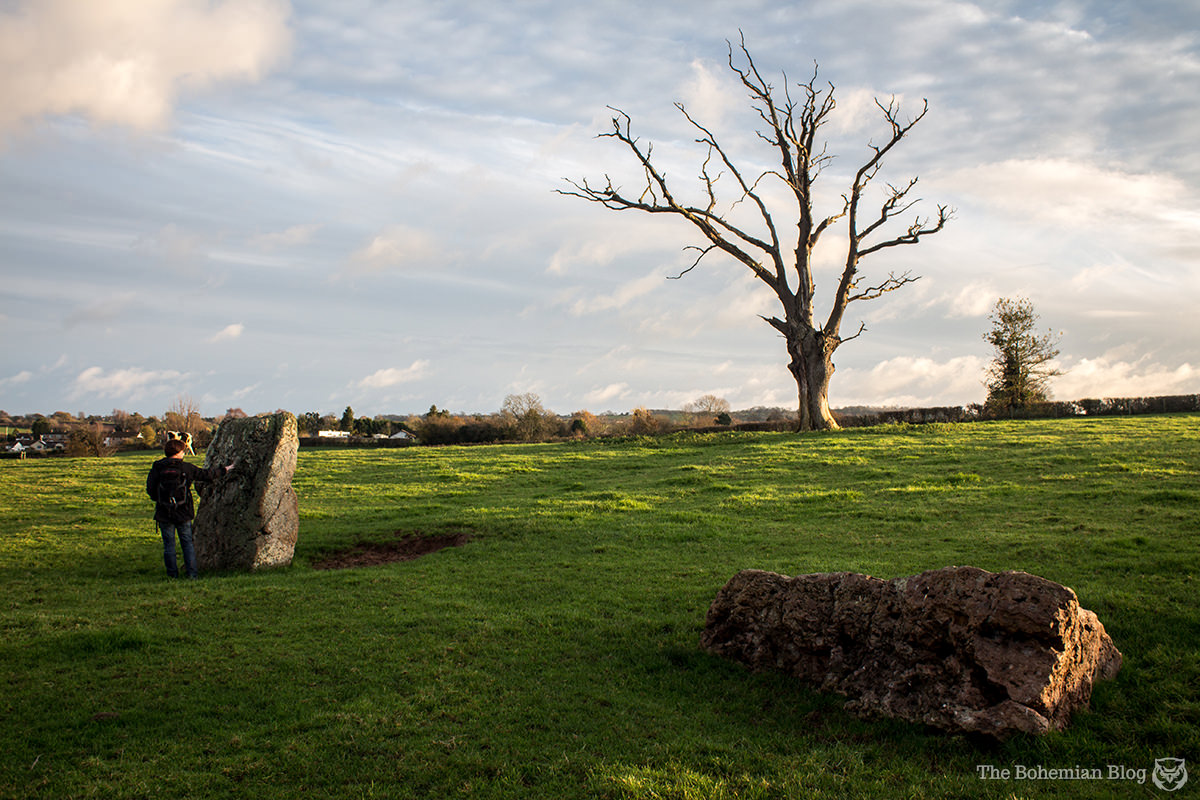
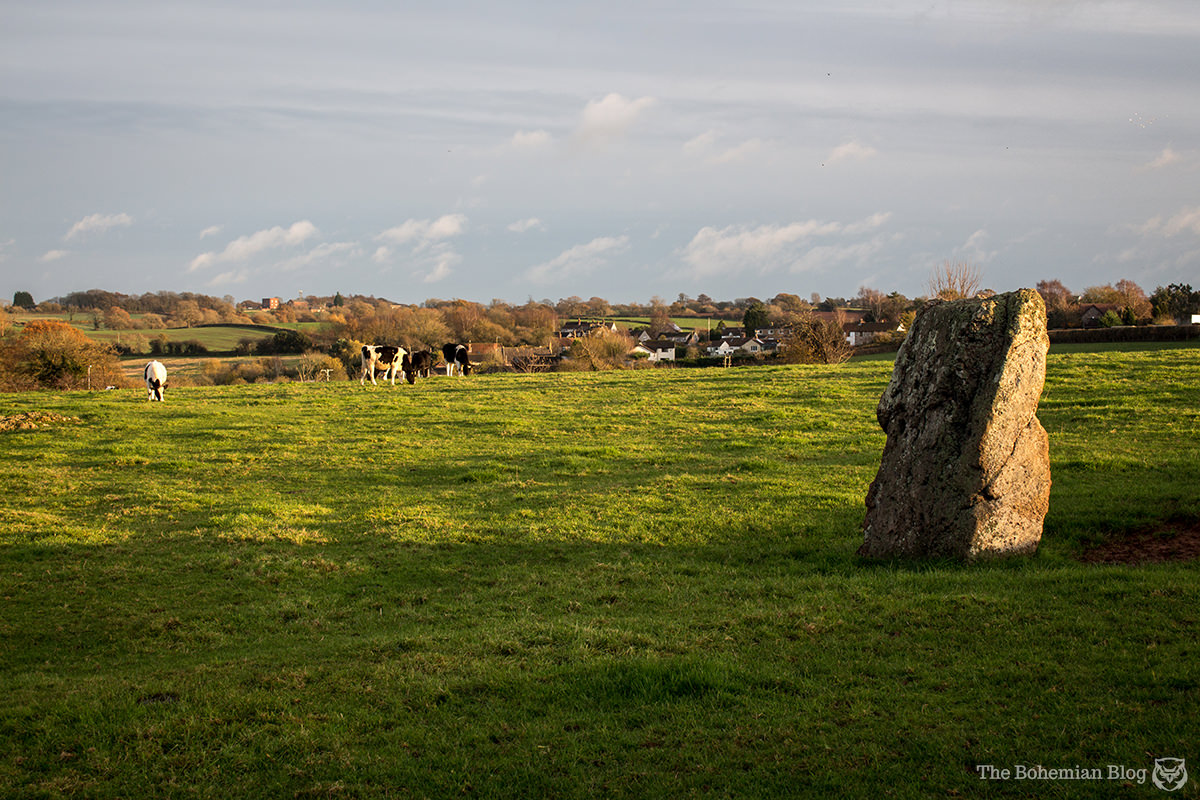
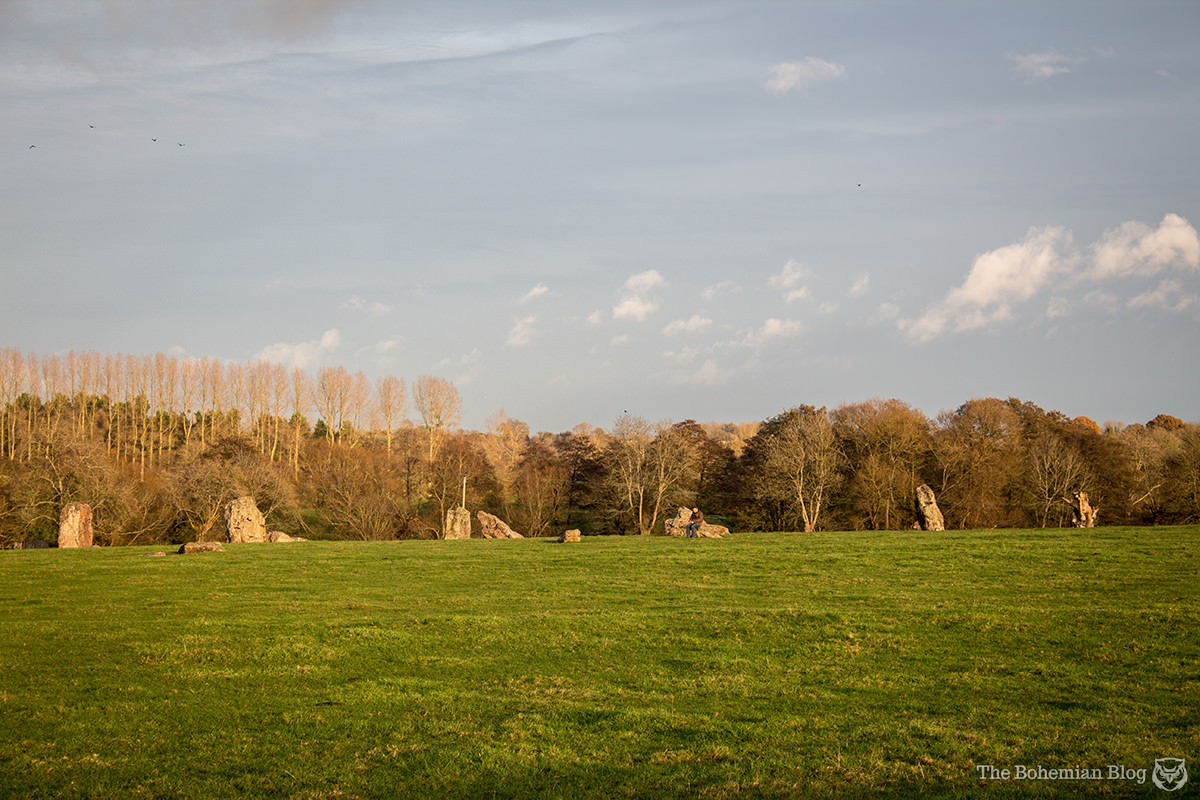
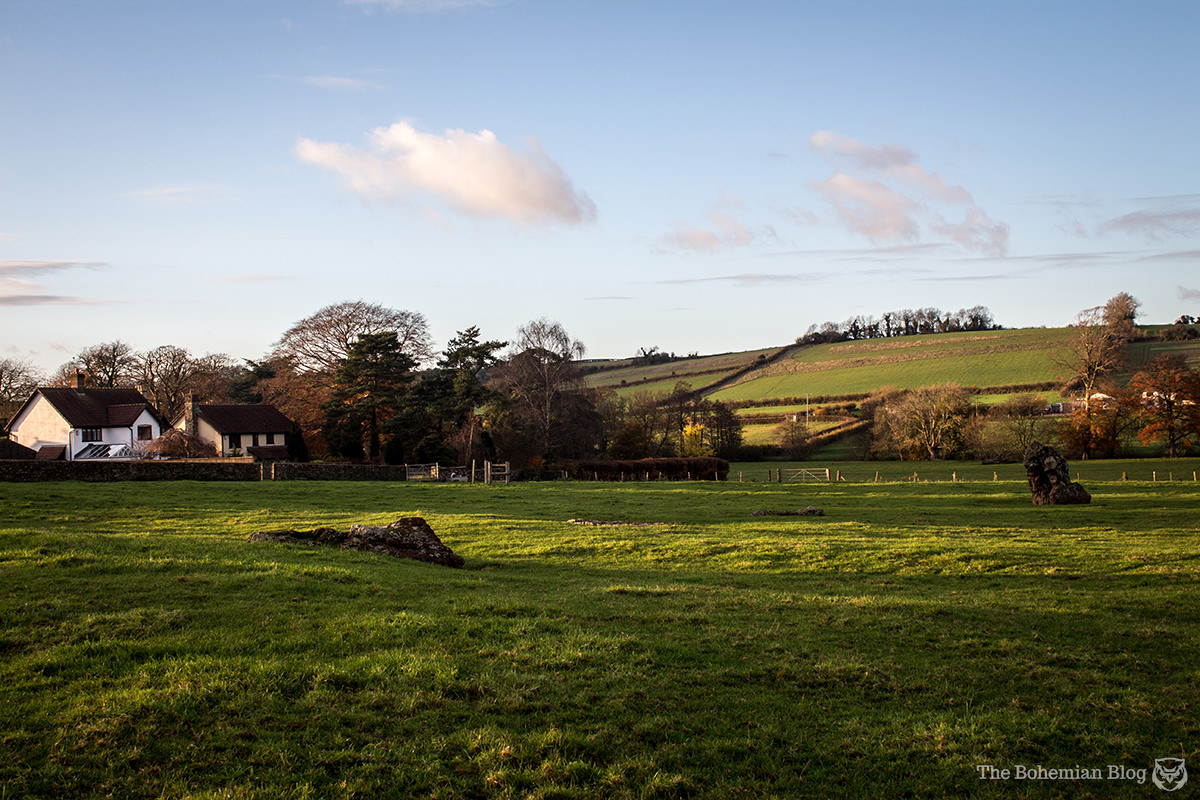
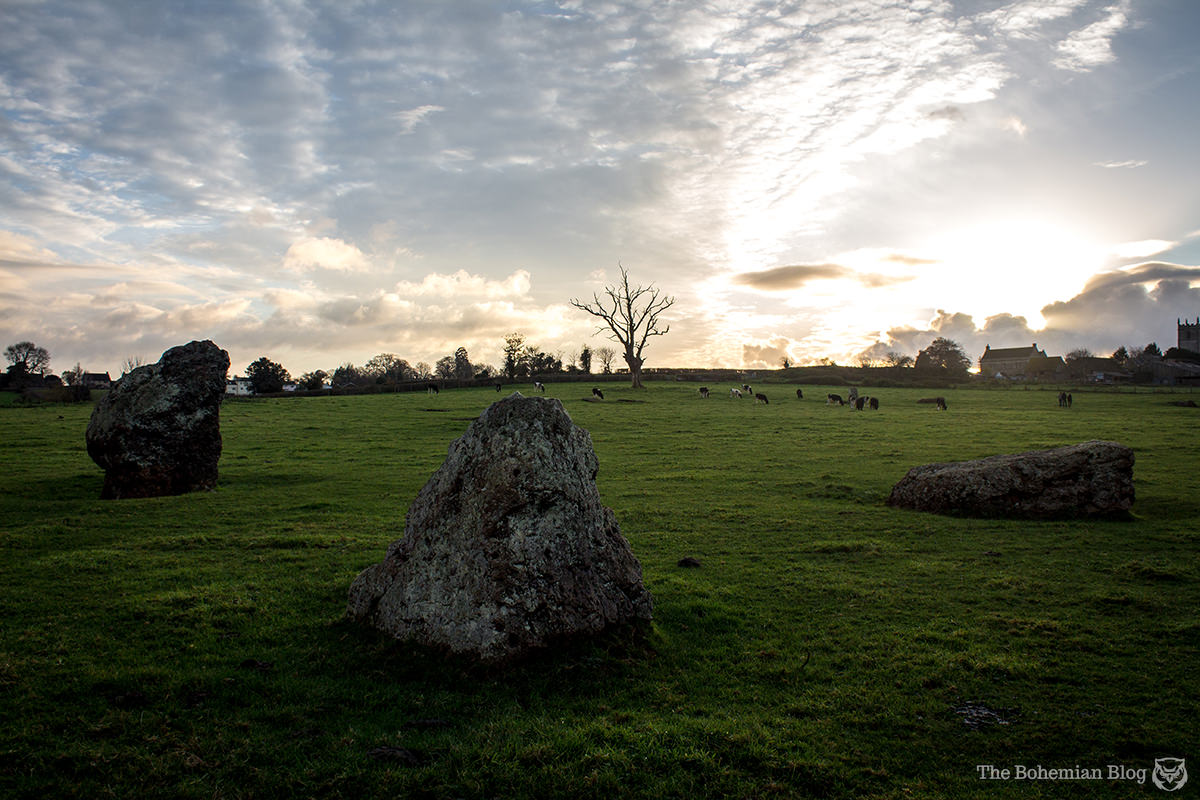
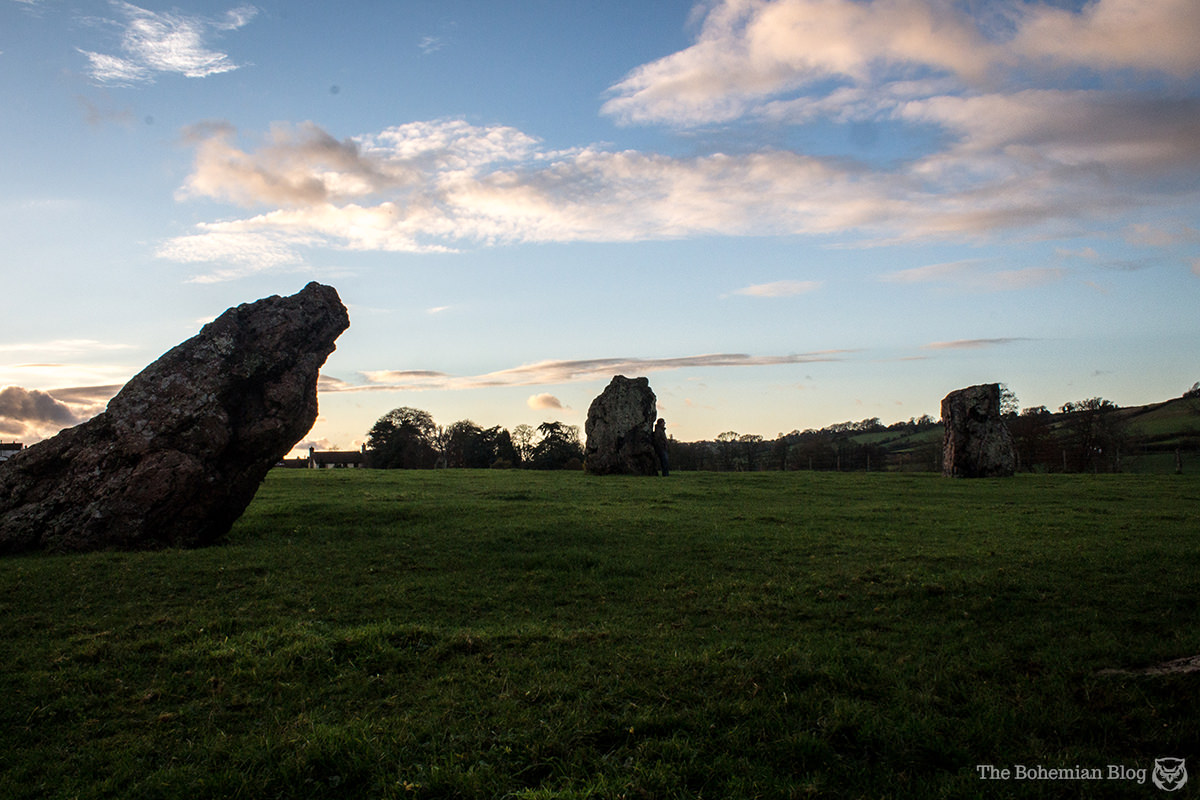
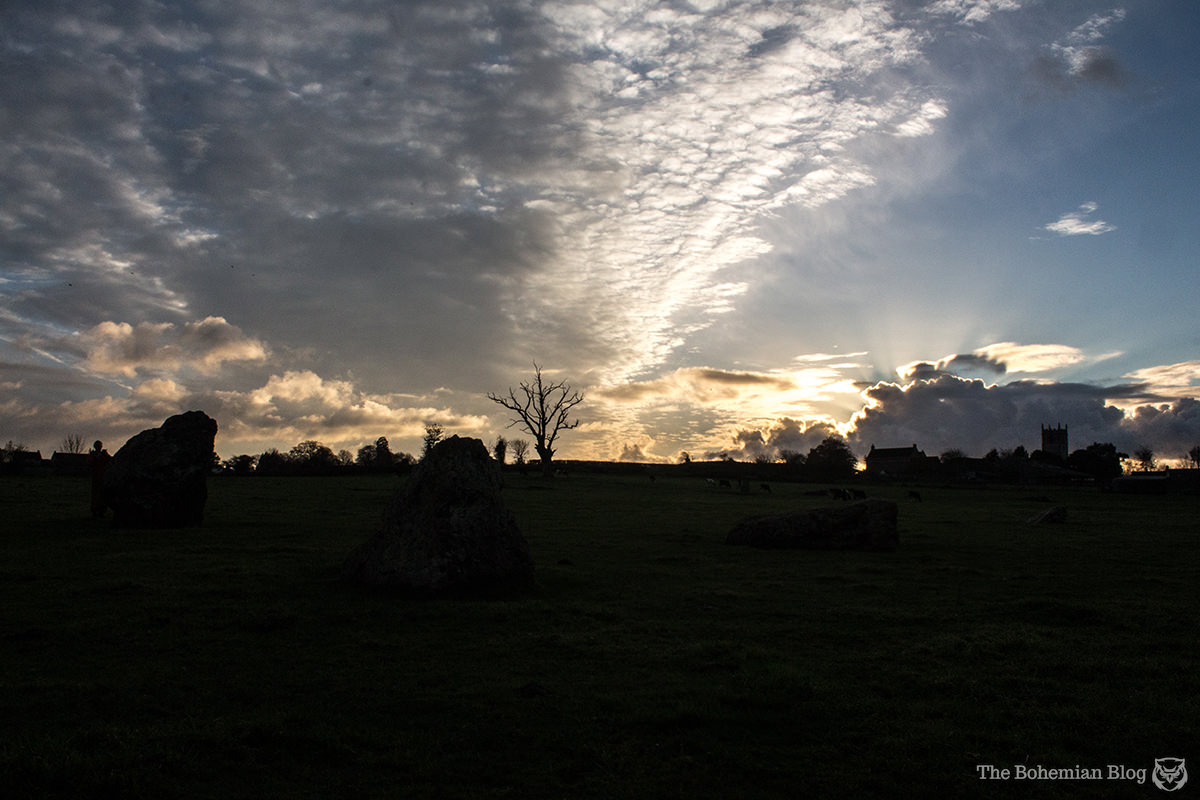
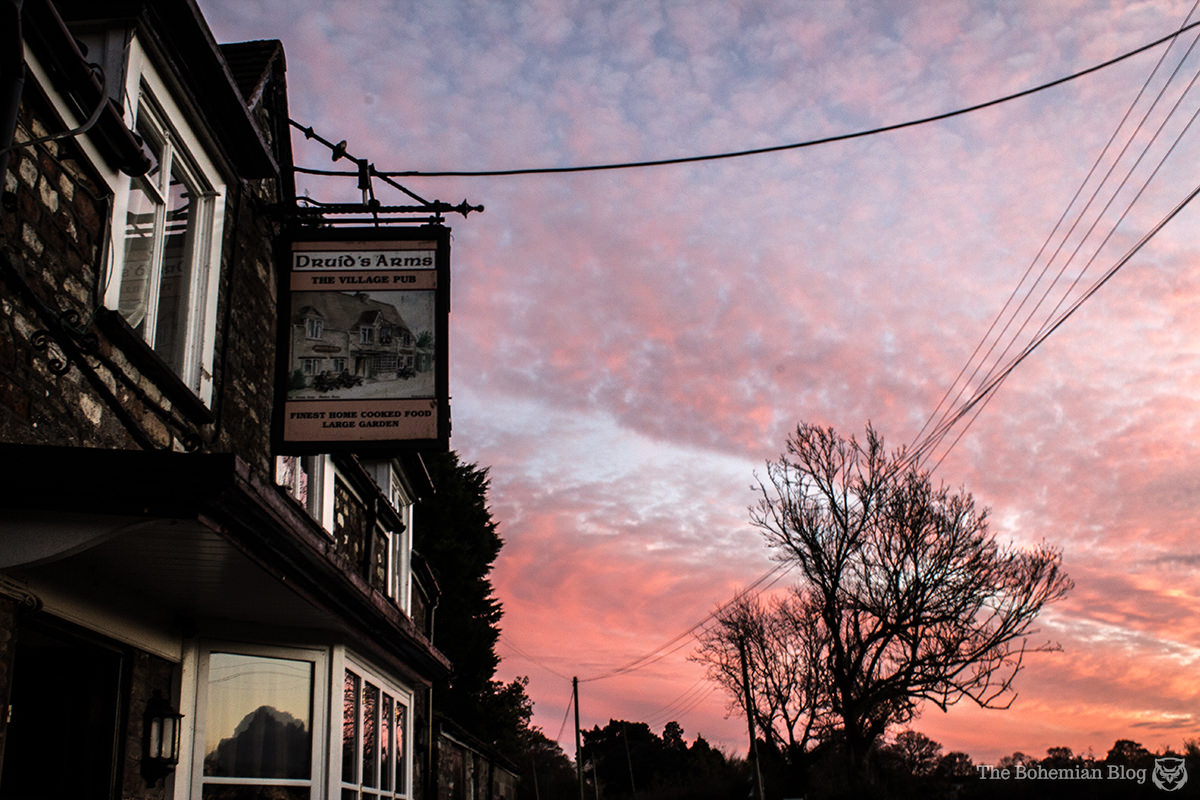




An illustrated guide to urban exploration in the Russian capital.

Poltergeists, ritual murder & a live-in succubus – the 1000-year-old pub with a ghostly reputation

A month-long monument hunt, and what I learned along the way.
COMMENT